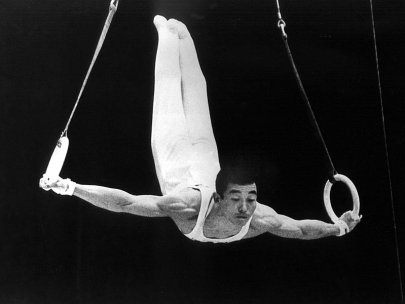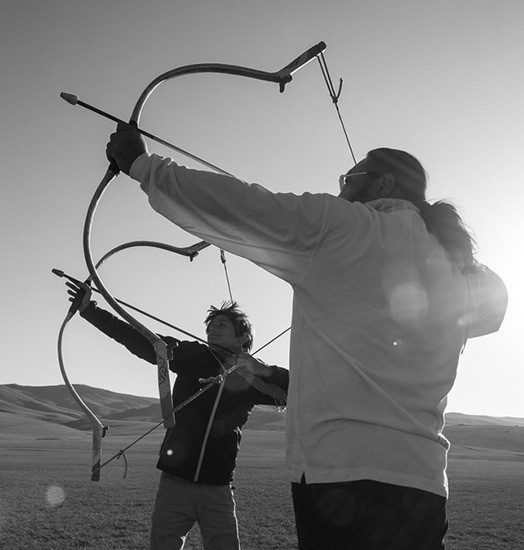EXERCISE

CONTENTS
The best forms of exercise are ones that challenge bodyweight strength and general coordination. Having a healthy balance between the two is important, because people that just go to the gym to lift weights end up having very heavy, muscular, un-athletic bodies. The average bodybuilder couldn't run a triathlon, perform bodyweight exercises well, and doesn't necessarily have good general coordination. The exercise that you do should be applicable to real life, and the primary focus shouldn't be your body's aesthetics. Aesthetics are important, but it's vain to sacrifice function for it.
The word 'gymnastics' refers to a broad number of exercises performed on various apparatuses, most of which first conceived of by the German Johann Christoph Friedrich Gutsmuths. Gustmuths' book Gymnastic for the Youth has a title referencing book 3 of Plato's Republic, where Socrates dialogues about the necessary duties of the youth, for which the two fundamental ones aside from basic education are gymnastics and music. It was this spirit towards physical education that Gutsmuths wanted to instantiate in the German youth.

The apparatuses that Gutsmuths designed are simple, minimalistic, and consider the necessary components for building a well rounded physique. Two hanging rings, a single horizontal bar, two parallel bars, are some examples of simple and effective design for exercise. Nazi Germany eventually decided to incorporate these apparatuses in their youth fitness program, and trained this primitive form of gymnastics thoroughly, winning the 1936 Olympics in the sport. The invention of these apparatuses are purely in the spirit of the Greeks. The 1936 Olympics featured a torch relay from Greece into Germany, the 'passing of the torch' between the two countries. Modern gymnastics apparatuses are the concise conclusion of the Greeks' vision of exercise.
Archery used to be the single most important skill in warfare along with equestrianism. The Mongol Empire managed to expand out onto almost the entire continent of Asia due to their superiority in both of these skills alone. Modern archery is performed stationary with compound bows, bows with much stiffer limbs than the recurved Mongol bow. In stationary aiming, the compound bow's stiffer limbs give it superior accuracy, but there would be many disadvantages to using one in an actual setting of warfare.

Using the archaic recurved and reflex bows designed by Mongols, Manchus, and Koreans, incentivizing the skills that they would've seen fit (speed of the draw, ability to re-adjust movement, overall stability) will greatly improve hand-eye coordianation.

Depending on the draw-weight, it can also be a remarkable back exercise. Recurve and reflex bows are designed to be lighter, and have more dynamic movement than a modern compund bow. A recurve bow is strung to tips that are curving away from an archer, a reflex bow is one that, when unstrung, curls in on itself making a circle. You can have a bow that is both reflex and recurve, such as the Korean Gakgung, one of the most impressive early bow designs. While modern archery has its interests, ancient archery is certainly a noble craft to take up in exercise.